Services
Coronary angioplasty and stents
This is usually preceded by the angiogram (Mostly through the wrist) to confirm the site of severe narrowing in arteries of the heart. Stents are small tubular metallic spring like devices that maintain the patency of the arteries varying in size between 2.25–4.0 mm generally although smaller and larger sizes may be needed. The balloon used for expanding the blocked arteries is inflated to crush the plaques and then removed. Following the stents deployment, specific instructions about medicines to be continued and other life style changes will be explained in details and medication list with discharge summary provided. Generally, overnight stay in the coronary care unit is advised.
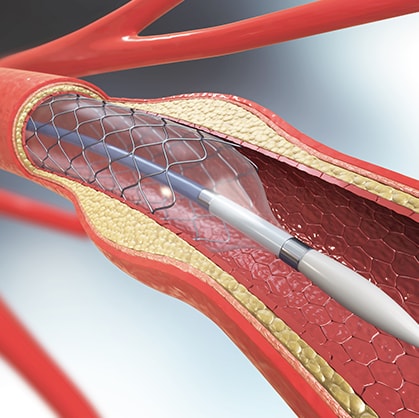
Coronary angiogram
This is a procedure to check the arteries supplying the heart using radiation and iodine containing contrast agents (dye). An arm approach is mostly preferred. This is usually done under local anaesthesia and sedation after informed written consent. The exact procedure benefits and risks will be detailed at length but generally is considered a low risk procedure. If this does not proceed to angioplasty and stents, it can be expected that patient would be discharged the same day within a few hours after confirmed to be safe to do so. Exact fasting time (Usually 4 hours) and the medicines to be stopped prior shall be informed. As sedation is usually given to make it comfortable for the patient, no driving is recommended for upto 24 hours afterwards. Post discharge appointments will be given to see the doctor in the rooms.

Trans-Oesophageal Echocardiogram (TOE)
T.O.E is performed in the hospital setting as a day procedure to have detailed look into the heart chambers or valves, particularly to exclude “hole in the heart” (ASD/PFO), cardiac source of blood clots (thrombus) or infection (vegetation) under specific circumstances. This is generally performed under sedation or short general anaesthesia with the help of a flexible long ultrasound probe that is gently passed into the oesophagus and stomach through a mouth guard. Local spraying of the throat with anaesthetic numbs the area and reduces discomfort. Feeding is allowed in an hour or two post procedure after initial trial with clear fluids/ sips of water.

CT Coronary angiogram (CTCA)
A non-invasive outpatient test using radiation and iodinated contrast to assess the coronary arteries by computer reconstructed imaging technique for the calcium score and presence of plaques and narrowing (stenosis) in the coronaries when indicated. This test is not performed in our clinic but in a radiology centre. We may need to give you medicines to bring your heart rate to 60/ minute to get accurate imaging results. Further details will be explained to you by the doctor.
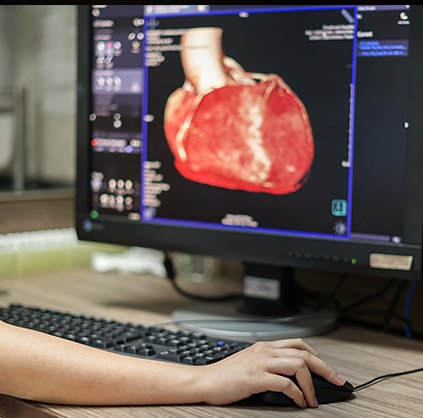
Stress Echocardiogram
This is the demonstration of function of the heart at rest and compare with exercise using a treadmill and ultrasound (Echocardiogram) The speed and incline goes up gradually to maximum tolerated levels. Constant monitoring of the heart rate and rhythm is performed with ECG leads on the hest with periodic BP check as per protocol. Trained personnel stand next to the patient under the doctor’s supervision. Assessment of heart function and wall motion at rest is compared to that immediately after exercise while also watching for symptoms. The test takes around 30 minutes. Results are discussed with patient shortly after and informed to the referring doctor.

Echocardiogram
This is a simple bedside non-invasive test using an ultrasound transducer and some gel on the chest. This enables visualising and taking short recordings and pictures of the 4 chambers of the heart, assessing valve function, measurement of heart function, right heart pressure called pulmonary pressure, measurement of ascending aorta dimensions, pericardial space, etc. The procedure takes about 30 minutes and will need ECG leads to be attached to the chest at the time of examination.

Ambulatory blood pressure monitor
24 hours ambulatory testing of the blood pressure including night time at periodic intervals. This is particularly useful in cases thought of as "white coat effect" to prove or otherwise. Also it is known that those who dip their blood pressure at night (dippers) have better prognosis than those who don’t hence appropriate timing and doses of medications can be decided. Please have a shower before or after this test not during.

Pacemaker checks
Testing the function, battery longevity and events that have been logged since the last check in terms of abnormal rates or rhythm of the heart. Pacemakers prevent slowing of the heart in general and defibrillators can do the pacing function and “shock” to revert from abnormal potentially life threatening rhythms of the heart.

Holter test
24 hours analysis of heart rate, rhythm and ECG changes with chest dots and leads and a small pocket recorder that can also be tied to the waist. One cannot have a shower while this test is on but can perform all routine activities including going to office. Returning to the clinic in 24 hours will enable the device to be taken off and results informed in a few days.
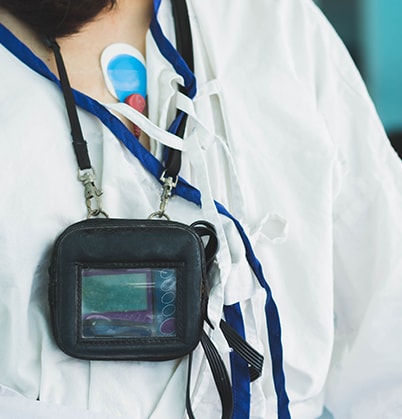
Electrocardiogram
This is a simple test with attachment of chest and limb electrodes and analysis of the graph that shows the electrical activity of the heart. Diagnosis of myocardial infarction (heart attack), chamber enlargement, heart rhythm abnormalities like heart blocks and atrial fibrillation is possible, including extra beats. Some ECG changes could be due to secondary causes like valve disease, effect of some medications, kidney disease, electrolyte disturbances, etc.
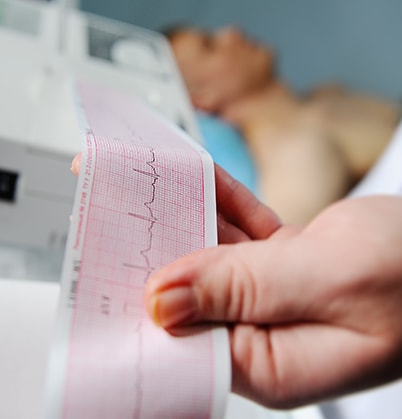

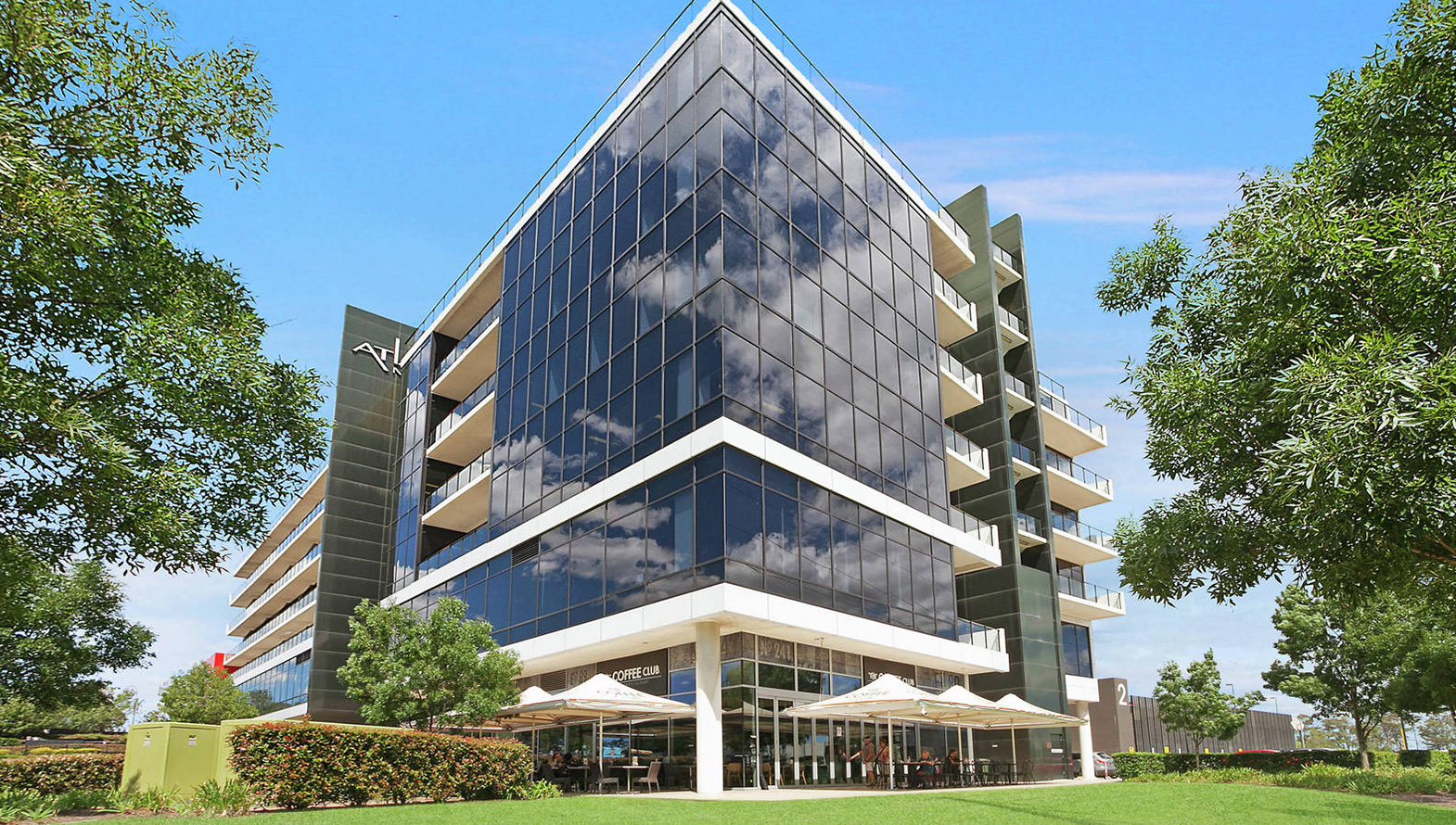
Norwest
Suite 606, Level 6, Atlas Building,
2-8 Brookhollow Avenue,
Norwest NSW 2153, Australia
2-8 Brookhollow Avenue,
Norwest NSW 2153, Australia
Opening Hours
08:30- 17:30
Monday and Friday

 For Appointments
For Appointments 02 8007 0450
02 8007 0450